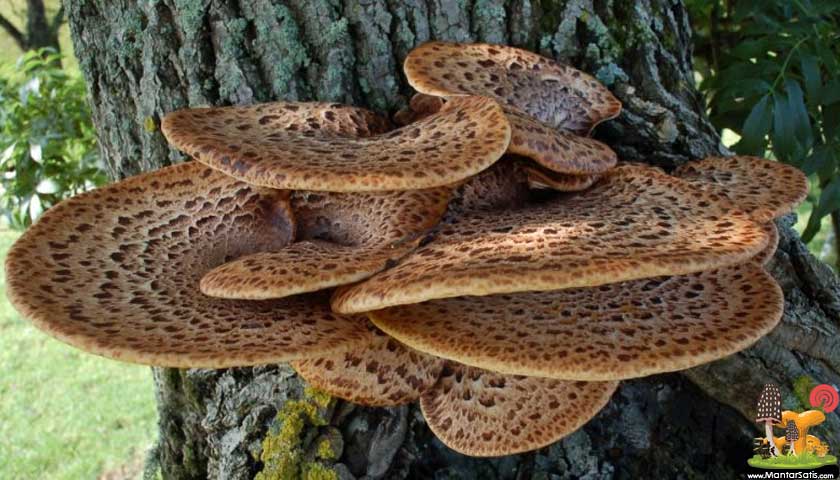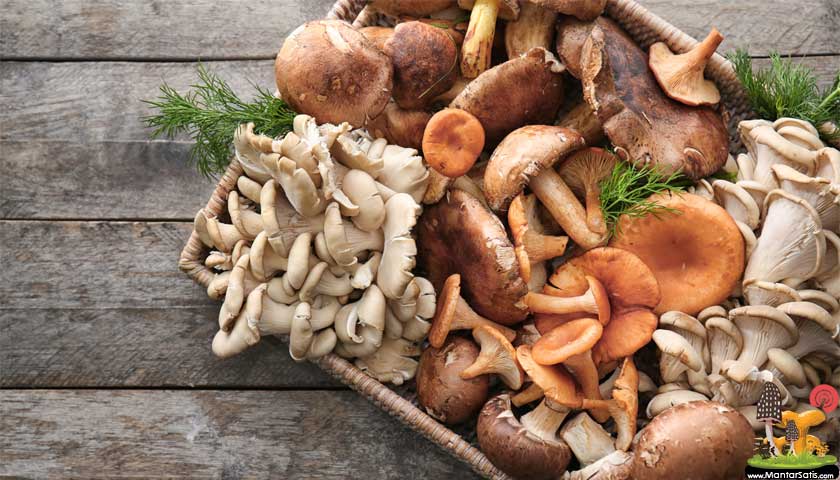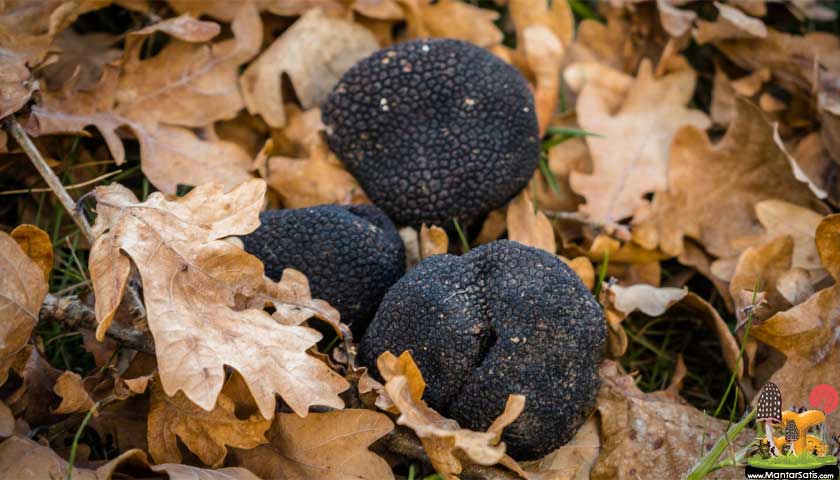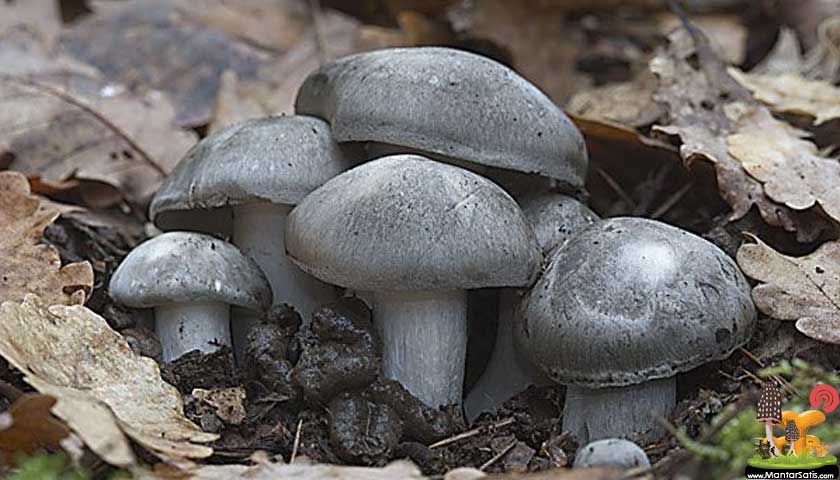Pullu Mantar; Polyporus squamosus
Polyporaceae familyasından bir mantar türü. Şapka 5-60 cm genişliğinde, yarım şapka, yarı daire yada huni gibi, açık sarı bir zemin üzerinde, konsantrik olarak bulunan kırmızı esmer pulları vardır. Kısa, kalın ve yana kaymış bir sapı vardır (5-10 mm). Sporları beyaz, elipsoid, 10-15×4-5 m. Genç üreme organı sulu ve çok lezzetli bir yenen mantardır. Tadı yeni soyulmuş salatalığı anımsatır ve un gibidir.
Parazit olarak yaprağını döken ağaçlarda, özellikle kayın, çınar ve karaağaçta görülür. Üreme organları genellikle arız olduğu ağaçlarda, topraktan metrelerce yükseklerde, gövde üzerinde tek tek veya birkaçı bir arada oluşmaktadır. İlkbahar ve yaz aylarında, yaygın bir şekilde görülmekte, tek yıllıktır.
Polyporus squamosus aka Cerioporus squamosus (yet to be confirmed new taxonomy) is a basidiomycete bracket fungus, with common names including dryad’s saddle and pheasant’s back mushroom. It has a widespread distribution, being found in North America, Australia, Asia, and Europe, where it causes a white rot in the heartwood of living and dead hardwood trees. The name dryad’s saddle refers to creatures in Greek mythology called dryads who could conceivably fit and ride on this mushroom, whereas the pheasant’s back analogy derives from the pattern of colors on the bracket matching that of a pheasant’s back.
Description
This mushroom is commonly attached to dead logs or stumps at one point with a thick stem. Generally, the fruit body is 8-30 cm (3-12 in) across and up to 10 cm (4 in) thick. The body can be yellow to brown and has squamules or scales on its upper side. On the underside one can see the pores that are characteristic of the genus Cerioporus; they are made up of tubes packed together closely. The tubes are between 1 and 12 mm long. The stalk is thick and short, up to 5 cm (2.0 in) long. The fruit body will produce a white spore print if laid onto a sheet of paper. They can be found alone, in clusters of two or three, or forming shelves. Young specimens are soft but toughen with age. It is particularly common on dead elm and is also found on living maple trees.
Distribution and habitat
This organism is common and widespread, being found east of the Rocky Mountains in the United States and over much of Europe. It is also found in Australia and Asia. It commonly fruits in the spring, occasionally during autumn, and rarely during other seasons. Many mushroom hunters will stumble upon this when looking for morels during the spring as both have similar fruiting times, and this fungus can grow to a noticeable size of up to 50 cm (20 in) across. It plays an important role in woodland ecosystems by decomposing wood, usually elm, but is occasionally a parasite on living trees. Other tree hosts include ash, beech, horse chestnut, Persian walnut, lime, maple, planetree, poplar, and willow.
Edibility and uses
Edible. Young specimens are preferred, as they can become infested with maggots and become firm, rubbery and inedible as they mature. Cookbooks dealing with preparation generally recommend gathering these while young, slicing them into small pieces and cooking them over a low heat. Some people value the thick, stiff paper that can be made from this and many other mushrooms of the genus Cerioporus. The mushroom’s smell resembles watermelon rind. Polyporus squamosus has a mild nutty flavour.




